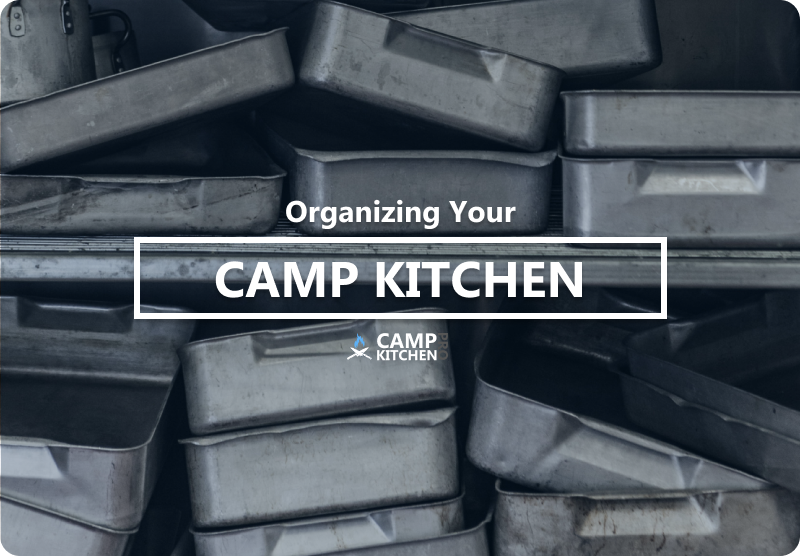The camp kitchen is a wild, wonderful place. It’s where pancakes fuel early-morning hikes, late-night snacks follow campfire songs, and hundreds of meals are prepped and plated—fast.
But without systems, space, and smart planning? That magic can quickly turn into mayhem.
If you’ve ever had three people fighting over one cutting board, lost track of the pasta you swore you ordered, or realized you were out of ketchup mid-lunch rush—you know what we’re talking about.
Here’s how to turn your camp kitchen from a daily scramble into a smooth-running, meal-cranking machine.
1. Designate Work Zones
In a busy camp kitchen, clear zones help avoid collision and confusion. Think like a restaurant kitchen:
-
Prep Zone – Cutting boards, knives, mixing bowls, ingredients
-
Cooking Zone – Ovens, stovetops, hot-holding units
-
Assembly Zone – Tray-up, plating, packaging
-
Cleaning Zone – Dishwashing, drying racks, sanitation supplies
-
Grab-n-Go Zone (if needed) – For snacks, hydration, counselor kits
Label zones and communicate them during staff training. When everyone knows their “lane,” the whole operation moves faster.
2. Build a Bulletproof Storage System
When you’re feeding hundreds of campers, disorganization leads to food waste and frustration.
✅ For Dry Storage:
-
Store by category (grains, canned goods, spices, snacks, etc.)
-
Label shelves and containers
-
Use FIFO (first in, first out) rotation to minimize spoilage
✅ For Cold Storage:
-
Group by food type (raw meat, dairy, produce, leftovers)
-
Separate raw proteins from ready-to-eat items
-
Use clear containers with date labels
Campers love surprise meals. Inspectors do not.
3. Standardize Everything
Standardized systems reduce stress and prevent errors, especially when your team is new or rotating often.
-
Standard Recipes: Use them for consistency, safety, and portion control.
-
Prep Lists: Post them daily, and assign tasks by role or shift.
-
Cleaning Schedules: Daily, weekly, and deep-clean checklists are a must.
Camp Kitchen Pro can help automate and organize all of this, so you’re not chasing down paper logs or sticky notes mid-service.
4. Control the Chaos with Clear Communication
The kitchen is loud. Mistakes often come from miscommunication, not laziness.
Use:
-
Whiteboards or chalkboards for daily priorities
-
Clipboards or tablets for logs and lists
-
Pre-meal huddles to set the plan and boost morale
And don’t forget: every team member should know who to go to with questions during crunch time.
5. Train Like It’s Mid-Summer from Day One
Your staff might be amazing, but most of them are seasonal and learning on the fly. Build habits early:
-
Do walkthroughs of storage and stations
-
Roleplay common kitchen issues
-
Practice proper food labeling, temping, and cleaning protocols
Your future self (and your health inspector) will thank you.
6. Use the Right Tools for the Job
Yes, a sharp knife helps. But we’re talking systems:
-
Inventory tools to avoid running out mid-meal
-
Digital prep lists to streamline every shift
-
Cleaning logs that are always inspection-ready
-
Custom menus and allergy alerts to keep campers safe
This is where Camp Kitchen Pro shines — everything in one place, built specifically for the camp kitchen environment.
Final Thoughts: Organization = Confidence
A disorganized camp kitchen doesn’t just make meals harder to serve — it makes your team more stressed, your food more inconsistent, and your risk of inspection issues much higher.
But with a few smart systems and the right tools, your kitchen can run with rhythm, not chaos.
Leverage technology to help you go from overwhelmed to over-prepared — so you can focus on what really matters: feeding campers well, safely, and with heart.

